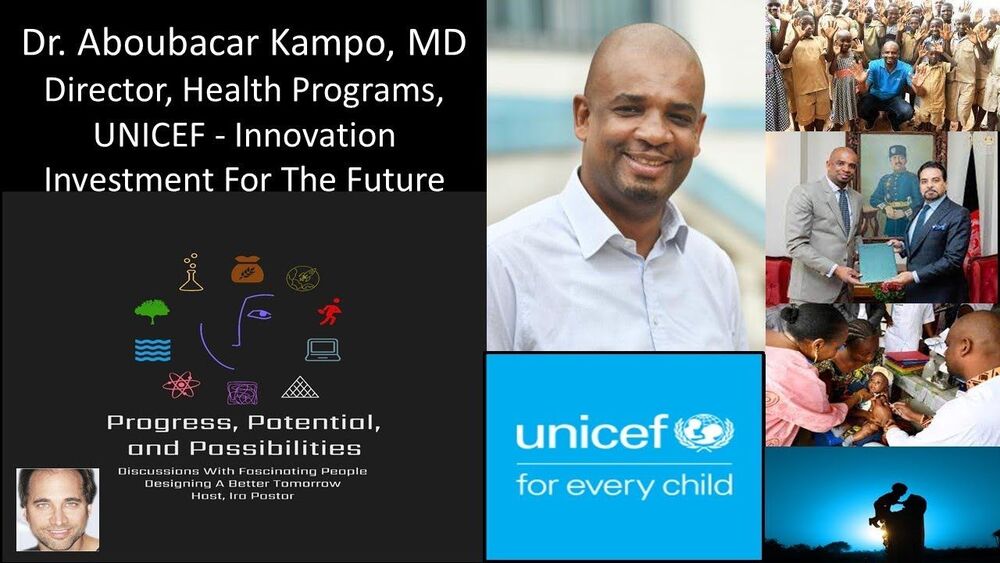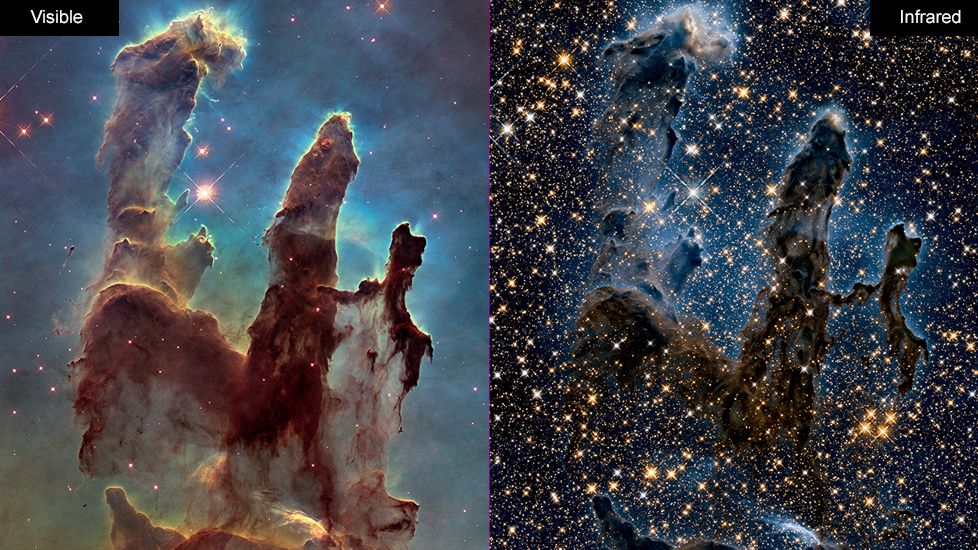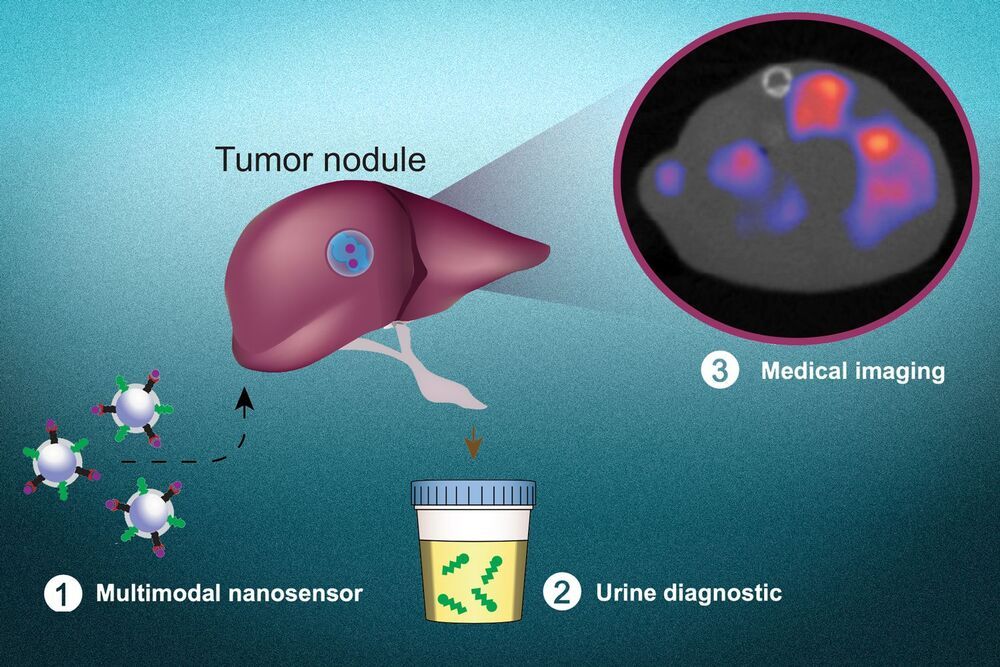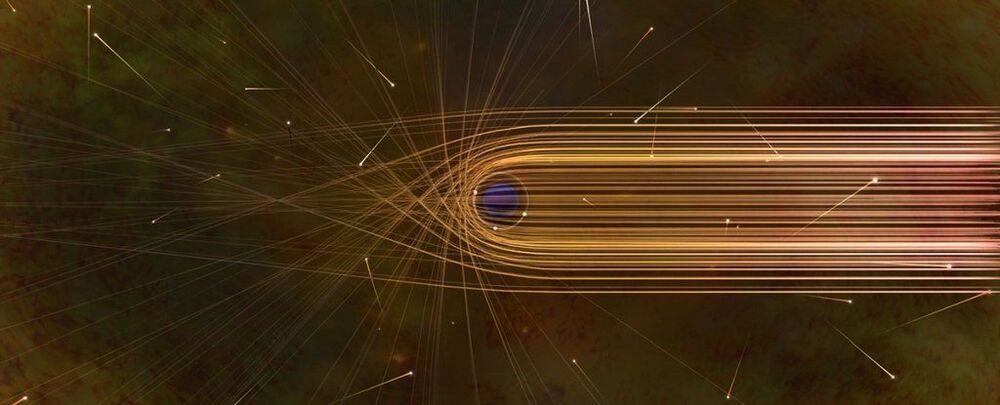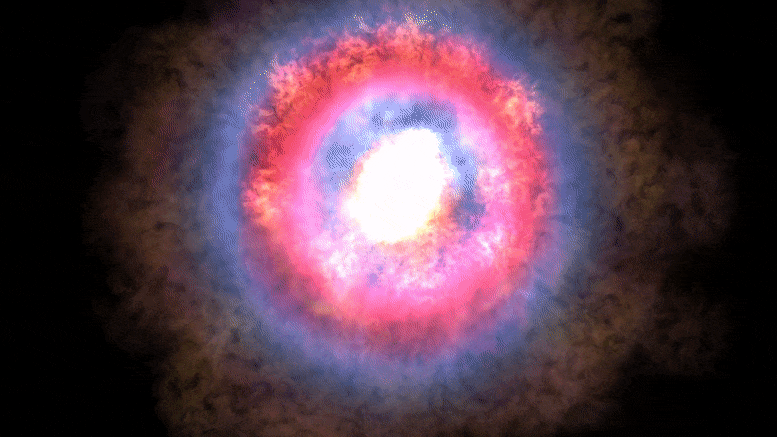
A star in a distant galaxy blew up in a powerful explosion, solving an astronomical mystery.
Dr. Iair Arcavi, a Tel Aviv University researcher at the Raymond and Beverly Sackler Faculty of Exact Sciences, participated in a study that discovered a new type of stellar explosion — an electron-capture supernova. While they have been theorized for 40 years, real-world examples have been elusive. Such supernovas arise from the explosions of stars 8–9 times the mass of the sun. The discovery also sheds new light on the thousand-year mystery of the supernova from A.D. 1054 that was seen by ancient astronomers, before eventually becoming the Crab Nebula, that we know today.
A supernova is the explosion of a star following a sudden imbalance between two opposing forces that shaped the star throughout its life. Gravity tries to contract every star. Our sun, for example, counter balances this force through nuclear fusion in its core, which produces pressure that opposes the gravitational pull. As long as there is enough nuclear fusion, gravity will not be able to collapse the star. However, eventually, nuclear fusion will stop, just like gas runs out in a car, and the star will collapse. For stars like the sun, the collapsed core is called a white dwarf. This material in white dwarfs is so dense that quantum forces between electrons prevent further collapse.
